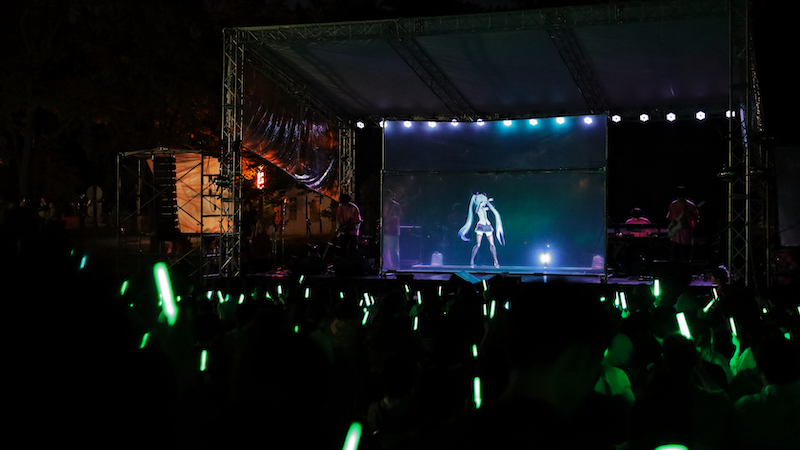Featured in

- Published 20250506
- ISBN: 978-1-923213-07-4
- Extent: 196 pp
- Paperback, ebook, PDF


Already a subscriber? Sign in here
If you are an educator or student wishing to access content for study purposes please contact us at griffithreview@griffith.edu.au
Share article
More from author

Into the void
Non-fictionI think with a little fear, as I often do, of the many other (and much larger) creatures whose natural territory this is, and scan the surrounding water for any dark, fast-moving shadows. But soon I relax and settle into the rhythm of my freestyle stroke. Breathe. Pull. Pull. Pull. Breathe. Pull. Pull. Pull. Breathe.
More from this edition

The marketing is still crap
Non-fictionToday’s onslaught of available content (not just in books and writing) and the concurrent impossibility of wading through it all to select the new or the significant or the simple exploding pleasure of language (remember that?) is likely part of where the current malaise began, and not just for me. So much is on trend these days, with great swathes of the population all reading the same book simultaneously, and so much of this is generated by the star-making machinery of billion-dollar multinational publishing houses with gigantic marketing budgets.

Less than human
Non-fictionWhat elevates Miku and makes her significant in our cultural landscape is her accessibility. Unlike traditional celebrities, who, even if they want to be accessible to their fans, only have so much time and can’t be perpetually available, Miku is software that anyone can buy and use. It only costs $200 and doesn’t require particularly advanced technical skills. Most of the people who produce Miku music are self-taught. One of the enduringly popular things about the concerts is that everything you see essentially comes from fans – the music, costuming and dance routines are all drawn from the expansive ‘Miku community’, where the lines between amateur and professional are deliberately blurred by everyone involved. You’re as likely to hear a song produced through a record label as you are one that was popularised by YouTube.

When the ships become water nymphs
Poetry Swans that are almost swans, sharp-tongued fruits, mocking sheep farmers whose faces grow woollen, dancers at the bush-doof manic to their portable generators – changes come swift...